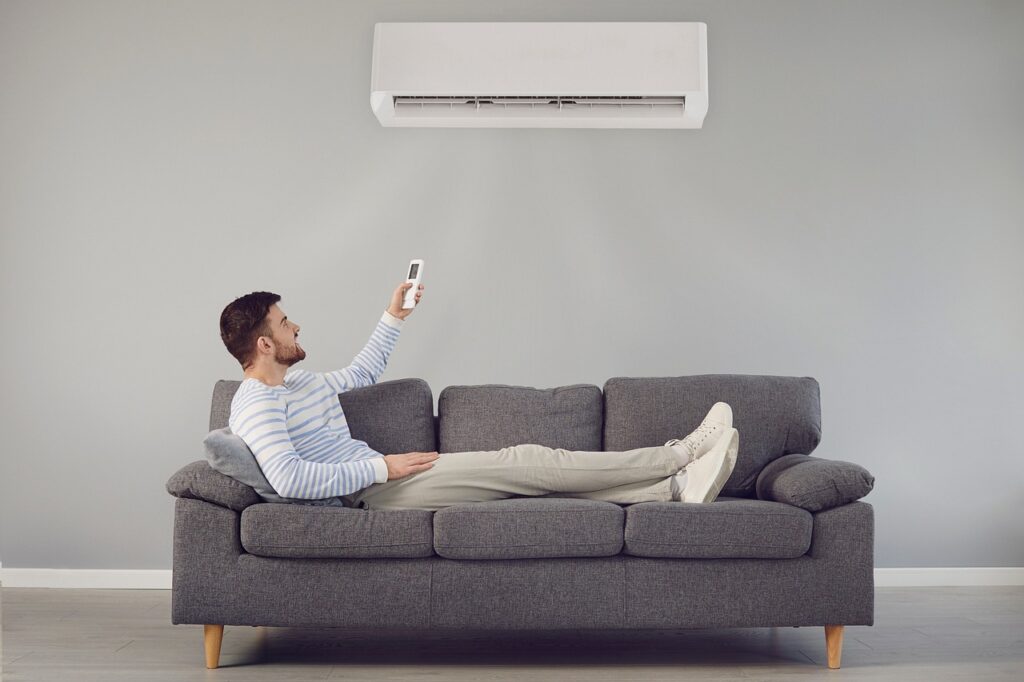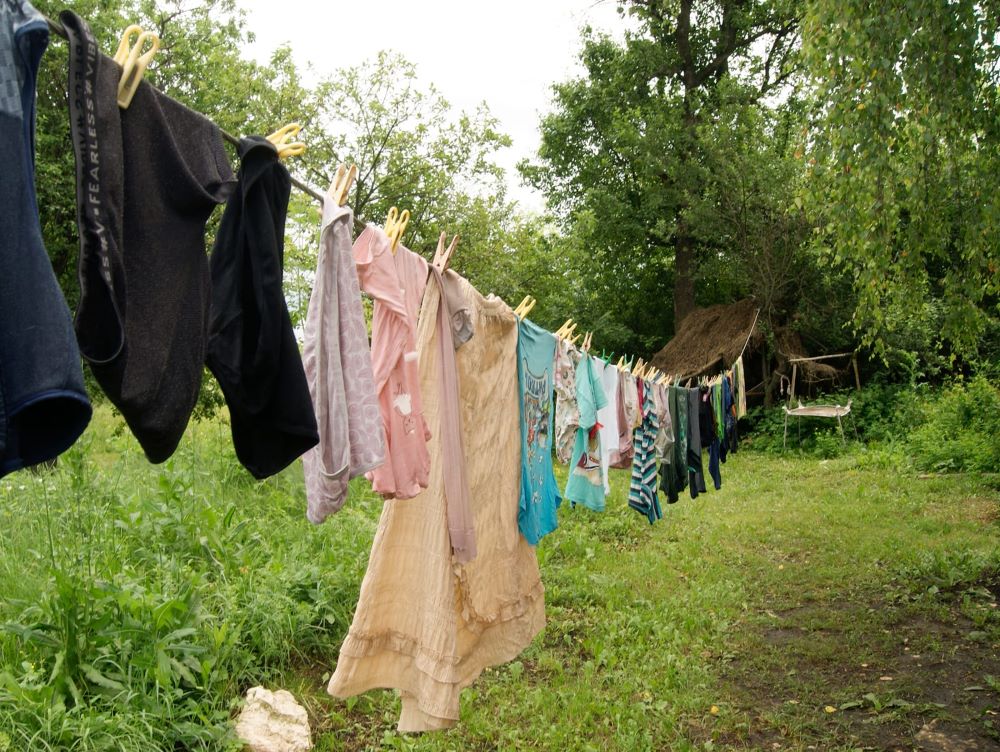Winter in the Sydney Coastal regions can tempt many residents to crank up their air conditioners to stay warm. However, this often results in higher power bills across the region. The good news? There are simple ways to use your air conditioner on the Central Coast more efficiently, saving both energy and money. These strategies are easy to implement, empowering you to take control of your energy usage and costs.
Common Air Conditioner Missteps
Temperature Control
Setting your air conditioner at the wrong temperature is a major cause of inefficiency. If the temperature is set too low during winter, your unit will struggle to warm your home. On the other hand, setting it too high can waste energy. The ideal temperature for heating is around 22°C. Keeping this balance ensures comfort without overloading your system.
Airflow Direction
Understanding airflow dynamics is key. Hot air naturally rises, so to heat your home efficiently, position your unit’s vents downward towards the floor. This ensures the warm air circulates evenly throughout the space.
Auto and Heat Modes
Ensure your air conditioner is set to ‘Heat’ mode, with the temperature set above 22°C. Always use the ‘Auto’ fan setting, as this allows the unit to adjust its operation efficiently without wasting energy. Additionally, consider setting the fan speed to a lower setting to reduce energy consumption while maintaining a comfortable temperature.

Managing Moisture for Better Efficiency
Cooking and Range Hood Usage
With its coastal climate, homes on the Central Coast can accumulate moisture easily. Cooking is a major source of indoor humidity, often adding up to 3 litres of moisture per day. Always use your kitchen extractor fan or range hood when cooking. If the fan is noisy, simply using pot lids can also reduce moisture significantly.
Drying Clothes
Drying clothes indoors can introduce up to 5 litres of water into your home’s air per load. This excess humidity makes your air conditioner work harder to remove moisture, reducing its efficiency. Instead, dry clothes outside in the region’s breezy weather or in a well-ventilated garage to save energy and extend your unit’s lifespan.

Bathroom Ventilation
Inadequate bathroom ventilation can exacerbate indoor humidity issues, making your air conditioner less effective and increasing the risk of mould and mildew. Ensure your bathroom fan is functioning properly, or consider installing one if necessary. Good ventilation helps keep your air conditioner running smoothly and reduces the strain on the system.
Ventilation Tips for Central Coast Homes
When to Open Windows
Proper ventilation is vital for maintaining good air quality and reducing moisture indoors. On the Central Coast, aim to ventilate your home during the warmest part of the day, typically after lunch. If you’re not home, a quick 10–15-minute window flush in the morning can also help. Fresh outdoor air is typically drier and can replace stale, humid indoor air.
Failing to ventilate can lead to a buildup of allergens like dust and pollen and even promote mould growth, which can harm both your health and your air conditioning system. Understanding the importance of proper ventilation can empower you to make informed decisions about your home’s air quality and energy efficiency.
Why These Tips Matter for Central Coast Residents
The Central Coast’s mix of coastal and inland environments creates a unique climate, often with high humidity levels. Efficient air conditioner use can help combat the region’s humidity while keeping your home comfortable. By managing moisture, optimszing settings, maintaining the filters and ensuring proper ventilation, you can lower energy costs and extend the life of your unit.
Take advantage of the Central Coast’s mild winters and breezy conditions by incorporating these strategies into your daily routine for a warmer, healthier, and more energy-efficient home.